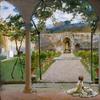The Chrysler Museum of Art Explores the Architectural Design Practices and Conflicting Ideals of Thomas Jefferson
- NORFOLK, Virginia
- /
- October 21, 2019

Thomas Jefferson (1743–1826) was Governor of Virginia, Secretary of State, President of the United States and author of the Declaration of Independence. The most important architectural thinker of the young American republic, Jefferson conveyed ideals of liberty and democracy in his designs. He was also a slave owner. On view Oct. 19, 2019–Jan. 19, 2020, a new exhibition from the Chrysler Museum of Art titled Thomas Jefferson, Architect: Palladian Models, Democratic Principles and the Conflict of Ideals explores this divergence alongside his extraordinary architectural influence.
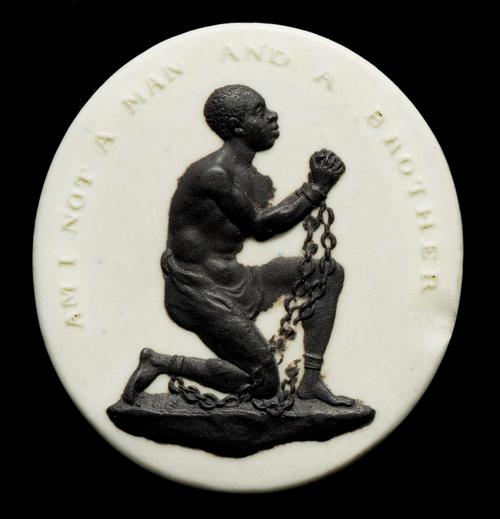
Organized by the Chrysler Museum of Art in collaboration with the Palladio Museum in Vicenza, Italy, this exhibition focuses on the ideas, formation and key monuments of the Founding Father who dramatically influenced the architectural profile of the young republic. It will also confront the inherent conflict between Jefferson’s pursuit of contemporary ideals of liberty and democracy and his use of slave labor to construct his monuments.
The Chrysler Museum’s exhibition follows Jefferson’s evolution as an architect with nearly 130 objects, including models, rare books, paintings, drawings, early photographs and architectural elements. Visitors will see objects from the Chrysler’s rich collection, as well as loans from the Library of Congress, the National Gallery of Art, Jefferson’s residences at Monticello and Poplar Forest in Virginia, the University of Virginia and other museums and libraries.
The Palladio Museum provides 14 models, including 10 newly created models of Jefferson’s buildings and four models displaying the key architecture of Renaissance master Andrea Palladio (1508–1580). The exhibition features models of Monticello and Jefferson’s design for the U.S. president’s house, which was not selected, as well as numerous representations of the Pantheon that will highlight its architectural influence on the University of Virginia’s Rotunda. The Chrysler also displays the only autographed drawing by Palladio in an American collection as well as various editions of his treatise, The Four Books of Architecture.
Visitors will also see bricks, nails and other components from Jefferson’s buildings that were created by enslaved laborers and craftsmen, as well as two rare images of enslaved and formerly enslaved people who can be linked directly to Jefferson and his buildings. These include Isaac Granger Jefferson, an artisan who was a tinsmith and blacksmith and labored in the nailery as an enslaved worker at Jefferson’s Monticello.
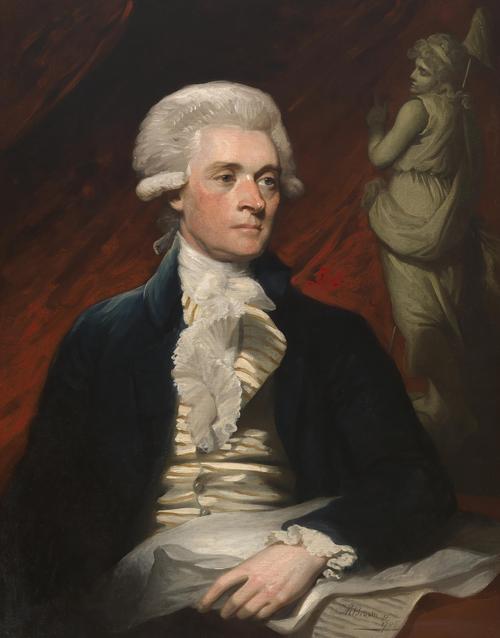
“Thomas Jefferson engaged with the most advanced ideas of architecture and city planning of his era. He was also a slave owner who failed to resolve his ideals about freedom and democracy with his reliance upon the institution of slavery. We will examine these facets of Jefferson’s architectural formation and practice to foster a new and fuller understanding of his accomplishments,” said Museum Director Erik H. Neil.
Through his education in Virginia, travels in the colonies and Europe and extensive library, Thomas Jefferson engaged with both classical and contemporary ideas about architecture. His projects frequently referenced ancient models or those of established authorities such as Palladio. He pursued forms that were both aesthetic models and expressive of the new republic’s democratic ideals. He employed those influences in his designs for the Virginia State Capitol, the University of Virginia, buildings in Washington, D.C. and his own residences, Monticello and Poplar Forest.
“For both Jefferson and Palladio, the architecture of the ancients was the key model with regard to functionality, style and meaning,” Neil said. “We see evidence of Thomas Jefferson’s influence in the architecture throughout our region, and we are excited to share the history and influence of these designs with our visitors to present important elements of Virginia’s history.”
Catalogue
A richly illustrated catalog published by Yale University Press will accompany the exhibition. A team of leading international scholars will offer new scholarship and a fresh appraisal of Jefferson’s formation and career as an architect, engage the impact and legacy of his status as a slave owner and highlight the work and contributions of enslaved laborers and artisans. Contributors include Lloyd DeWitt, Ph.D., the Chrysler Museum’s chief curator and Irene Leache curator of European art; Howard Burns, president of the Centro Palladio, Scuola Normale Pisa; Guido Beltramini, director of the Palladio Museum; Richard Guy Wilson and Louis P. Nelson, both from the University of Virginia; and Barry Bergdoll and Mabel O. Wilson of Columbia University.



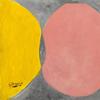

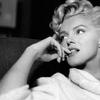

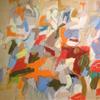






100x100_c.jpg)
